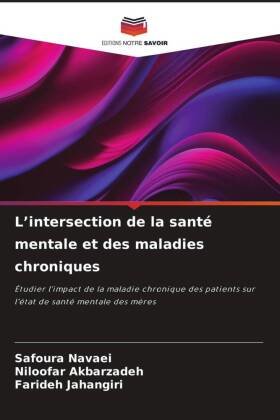Les maladies chroniques peuvent rendre les patients et les aidants plus susceptibles d'avoir ou de développer un problème de santé mentale. Les soignants de patients atteints de maladies chroniques souffrent souvent de maladies mentales comorbides. L'anxiété, la dépression, le stress, le syndrome de stress post-traumatique (SSPT) et le trouble dépressif majeur (TDM) sont les conséquences psychiatriques les plus courantes chez les soignants de patients atteints de maladies chroniques graves. Les troubles mentaux affectent la capacité des aidants à poursuivre leur vie quotidienne. Les troubles mentaux sont des maladies médicales graves qui s'accompagnent de nombreux symptômes, y compris physiques. Parmi les symptômes des troubles mentaux, on peut citertristesse persistante, anxiété, dépression, stress ou humeur "videSentiment de désespoir ou de pessimismeSentiment d'irritabilité, de frustration facile ou d'agitationSentiment de culpabilité ou d'inutilitéPerte d'intérêt ou de plaisir pour les loisirs et les activitésBaisse d'énergie, fatigue ou sentiment d'être "ralenti".Difficulté à se concentrer, à se souvenir ou à prendre des décisionsDifficultés à dormir, réveil matinal ou sommeil excessifChangements d'appétit ou de poidsDouleurs, maux de tête, crampes ou problèmes digestifs sans cause physique claire et qui ne s'atténuent pas malgré le traitement.tentatives de suicide ou pensées de mort ou de suicide.

